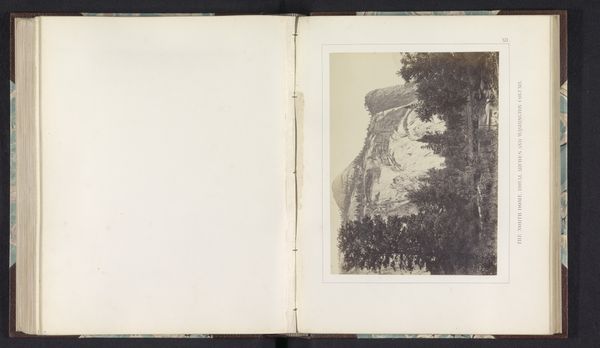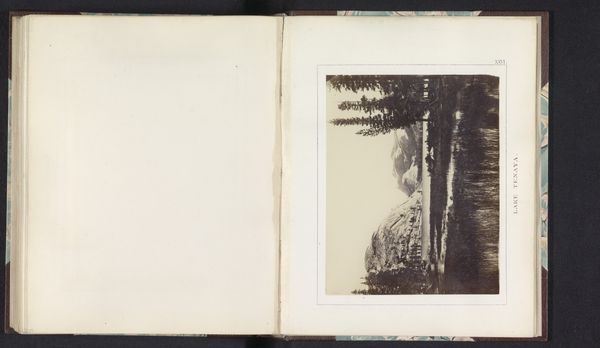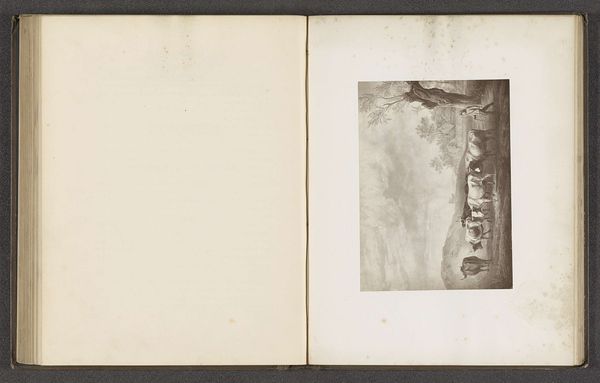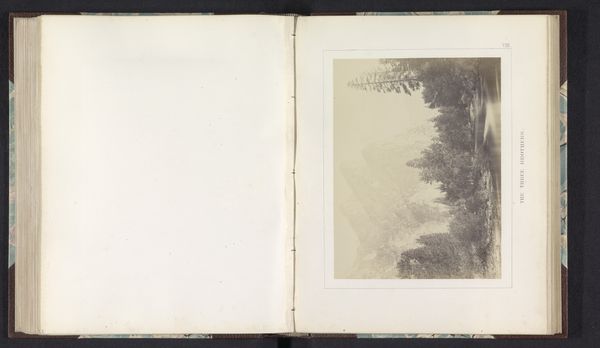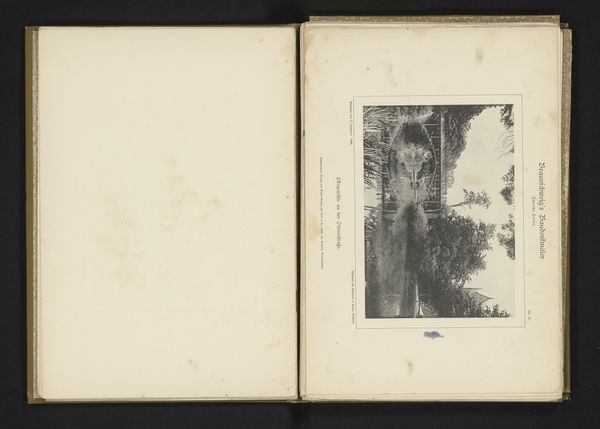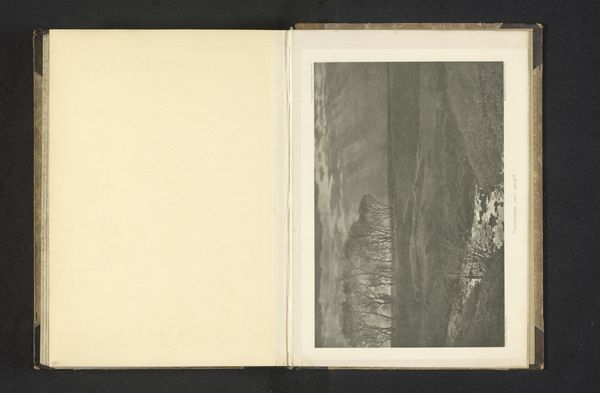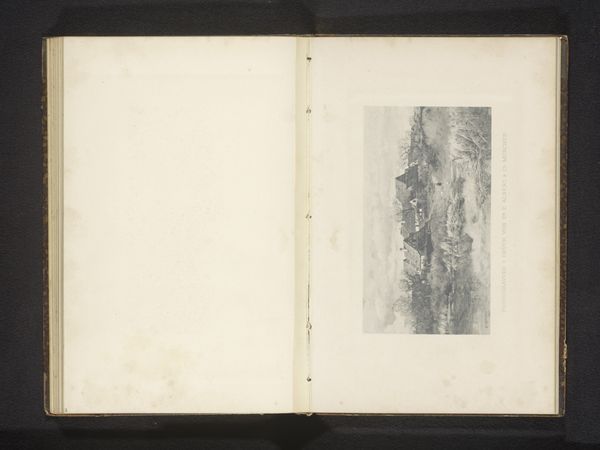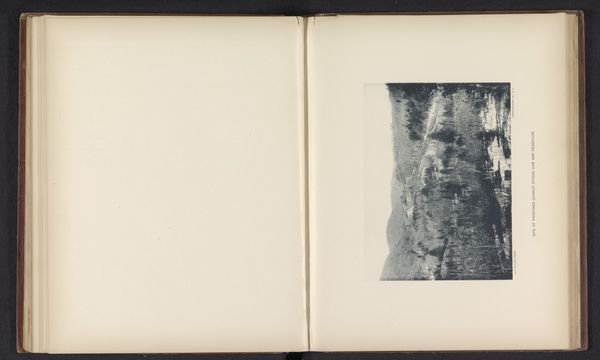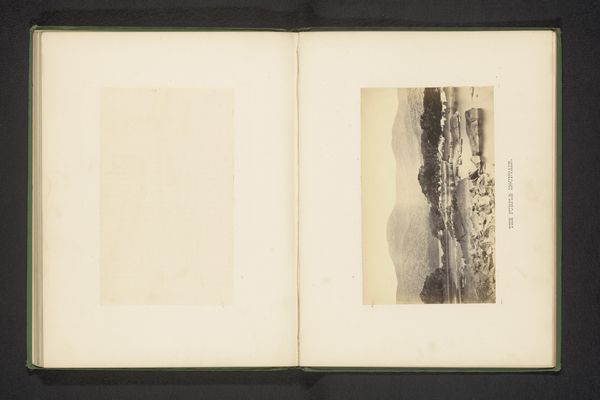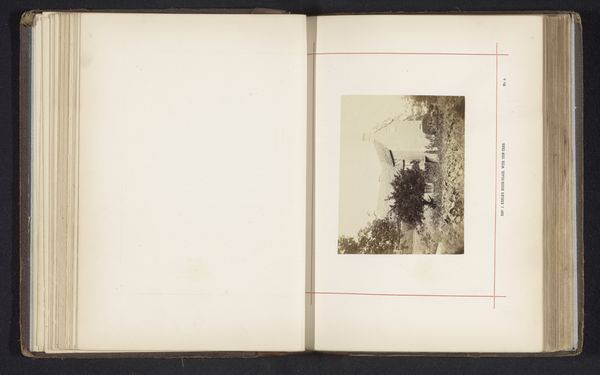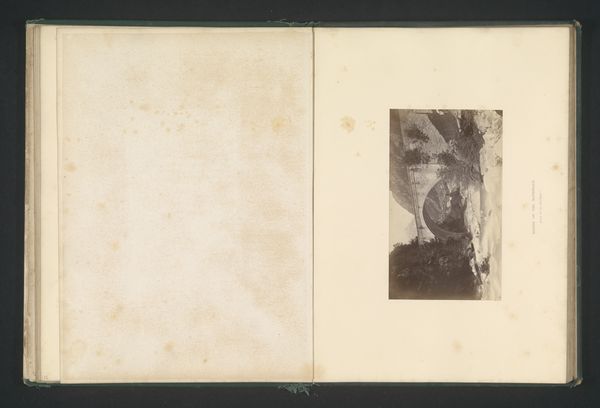
photography, gelatin-silver-print
#
landscape
#
photography
#
coloured pencil
#
mountain
#
gelatin-silver-print
#
hudson-river-school
#
watercolor
Dimensions: height 156 mm, width 206 mm
Copyright: Rijks Museum: Open Domain
Carleton Watkins created this albumen print of the Yosemite Valley from Sentinel Dome sometime in the 19th century. Watkins's photographs played a crucial role in shaping the image of the American West. The sublime grandeur of Yosemite, captured here, became a symbol of national identity and pride. But there is a tension in this image, made as it was during a period of intense westward expansion. The romantic depiction of untouched wilderness conveniently erases the history of the indigenous peoples who had long inhabited and shaped this landscape. This elision was part of a broader cultural narrative that justified colonization and resource extraction. Watkins's photographs were not just aesthetic objects; they were also powerful tools in shaping public opinion and policy. Understanding the social and political context in which these images were produced is essential for a more nuanced appreciation of their meaning and impact. By looking at historical documents, such as government reports, newspapers, and personal accounts, we can begin to unravel the complex layers of meaning embedded within these seemingly straightforward representations of nature.
Comments
No comments
Be the first to comment and join the conversation on the ultimate creative platform.


